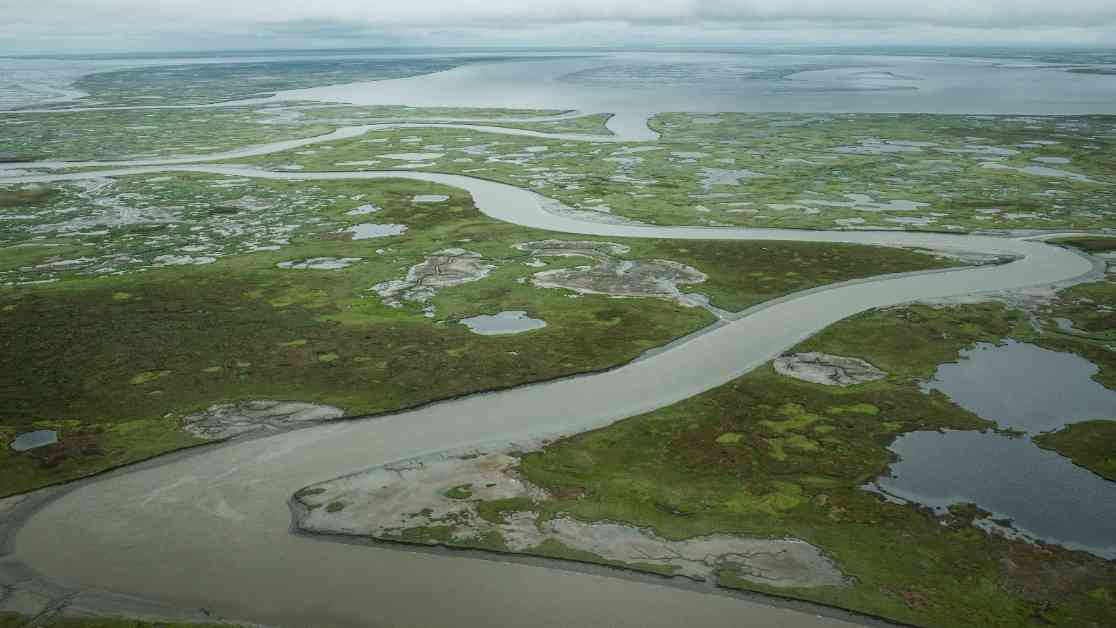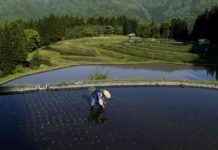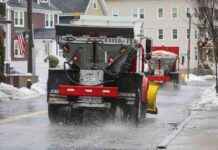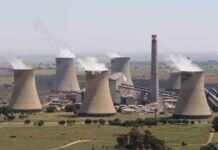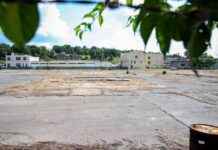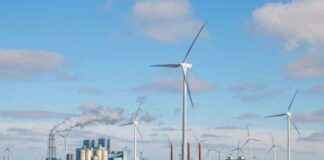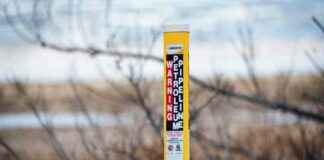Arctic Carbon Sink: Unveiling a Critical Climate Shift
In a groundbreaking study published by The Guardian and part of the Climate Desk collaboration, researchers have uncovered a startling revelation: a third of the Arctic’s tundra, forests, and wetlands have transitioned from carbon storage to emitting sources, marking a significant turning point in the fight against global heating.
For centuries, the Arctic’s land ecosystems have served as a vast carbon repository, storing immense amounts of potential emissions in the permafrost. However, with rising temperatures, these once-frozen landscapes are now releasing more CO2 into the atmosphere, contributing to the planet’s warming trend, as detailed in a recent report published in Nature Climate Change.
The study, which analyzed data from 200 study sites spanning the years 1990 to 2020, revealed that over 30% of the Arctic region has become a net source of CO2 emissions. This percentage climbs to 40% when accounting for emissions from wildfires, showcasing the profound impact of rapid warming on the boreal forests, wetlands, and tundra in the Arctic.
Sue Natali, co-author and lead researcher at the Woodwell Climate Research Center, emphasized the significance of this shift, stating, “It is the first time that we’re seeing this change on such a large scale across all of the tundra. That’s a substantial development.”
Despite the Arctic experiencing a greening trend, Natali explained how the thawing permafrost leads to increased plant growth initially, only to be followed by the takeover of carbon-releasing microbes. This process results in visible landscape changes, such as ground collapse, underscoring the profound impact of climate change on the region.
Amid mounting concerns from scientists about the Earth’s natural climate regulation processes, which are increasingly strained by rising temperatures, the study sheds light on the urgent need for improved monitoring of the Arctic ecosystem. This vast region, encompassing Siberia, Alaska, the Nordic countries, and Canada, has played a crucial role in sequestering carbon for millennia, offering a cooling effect on the planet’s atmosphere.
Lead author Anna Virkkala highlighted the immense carbon reservoir present in Arctic soils, constituting nearly half of the Earth’s soil carbon pool. As temperatures rise, previously frozen soils thaw, releasing organic matter for decomposition and subsequent carbon emissions. This permafrost-carbon feedback mechanism has emerged as a key driver in the region’s changing carbon cycle, underscoring the need for enhanced environmental stewardship.
The study’s findings serve as a stark reminder of the delicate balance between human-induced emissions and the Earth’s natural carbon sinks, urging a collective effort to mitigate climate change’s far-reaching impacts. As the Arctic landscape undergoes a transformative shift, scientists and policymakers alike are called to action to safeguard this critical region and preserve its ecological integrity for future generations.

